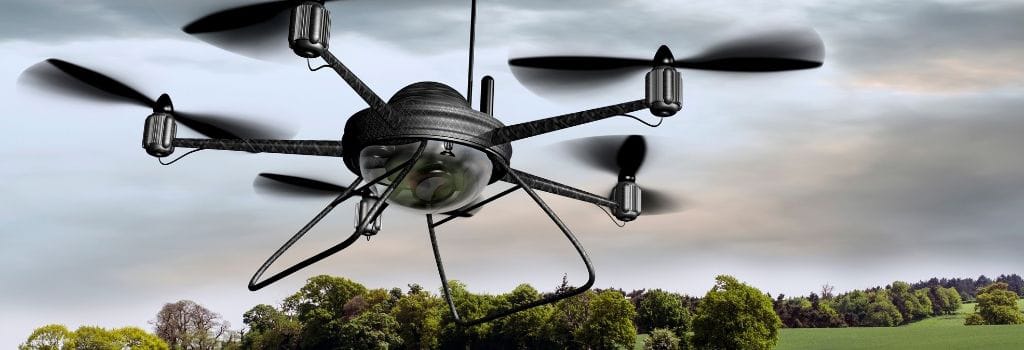- Category: Telecommunication
In today’s world, our technologies and systems are only as good as the networks they rely on. When it comes to border security, the stakes are even higher. For many countries, border security systems are the first line of defense against a host of external threats, including, but not limited to, drug smugglers and human traffickers. Border security systems are often a comprehensive affair that emphasizes intelligence, surveillance, and reconnaissance to stay ahead of threats. One of the most powerful tools in the arsenal of border security authorities are drones, unmanned aerial vehicles (UAV), and surveillance cameras.
Read more: Robust, Industrial-Grade LTE Network Appliance Optimizes Border Security
- Category: Intelligent Systems
In order to build the largest edge cloud network in rural environments, network-as-a-service providers utilizes edge computing and wireless technology to bring the capabilities and advantages of the cloud with IoT and AI to the remote and hard-to-reach rural areas.
Read more: LEC-7242: Making Edge Computing Available In Remote Areas
- Category: Telecommunication
A CDN (Content Delivery Network) is a system of geographically distributed servers that aim to decentralize cloud computing and attempt to bring more resources closer to the end-user. CDN improves the geographical presence of service and delivers faster website content, from videos, images, scripts, HTML files, etc.The CDN provides an acceptable level of video streaming quality. It overcomes those Internet issues, like jitter, delay, lag, high latencies, and delivers content to the end-user.
Read more: Distributed MEC Servers Enable Low-latency Content Delivery Network
- Category: Intelligent Systems
To function properly, drive-thru restaurants need outdoor screens that display changing menus, promotions, offers, etc. They need a solution that ensures reliable and high-performance external displays, which can be managed remotely.
Read more: Industrial LTE Gateway Enables Digital Signage in Remote Areas
- Category: Telecommunication
The era of 5G and IoT means both opportunities and challenges for telecom operators. While the new network technologies can bring new business opportunities, there are challenges that should not be overlooked. First, with the explosion of Internet consumption from mobile devices, telecom operators have adopted Carrier-Grade NAT (CG-NAT), a large-scale NAT measure for the transition from IPv4 to IPv6, in order to accommodate the exploding demands for IP addresses. Secondly, intense competition among the industry and OTT have put pressure on the profitability of telecom operators. Therefore, convergence is the trend for next-generation telecom network architecture.
- Category: Power and Energy
Over the past few years, the manufacturing sector has undergone a revolutionary change by implementing the concept of “connected and interconnected devices” to improve productivity and cost-effectiveness. With IIoT (Industrial Internet of Things) from conceptualization to now a reality, the manufacturing sector has witnessed an explosion of data generated on a daily basis. In fact, this unprecedented growth in data seems to have a continual increase due to AIoT (AI + IoT) technologies like Machine Learning, Machine-to-Machine networks, high-performance automation and robotic equipment, which all generate the mass volume of data.
- Category: Telecommunication
The availability of 5G in 2020 presents both opportunities and challenges for the business world. 5G is promised to enable machine learning, IIoT (Industrial Internet of Things), IoV (Internet of Vehicles), AR/VR and network slicing; however, there are stakes for enterprises that plan to deploy this technology. The availability of 5G in many countries lies in the monetary and technological capabilities of their telecom conglomerates, but they are facing challenges.
Read more: Converged MEC Appliance Reduces Total Cost of Ownership on Edge Cloud Infrastructure












